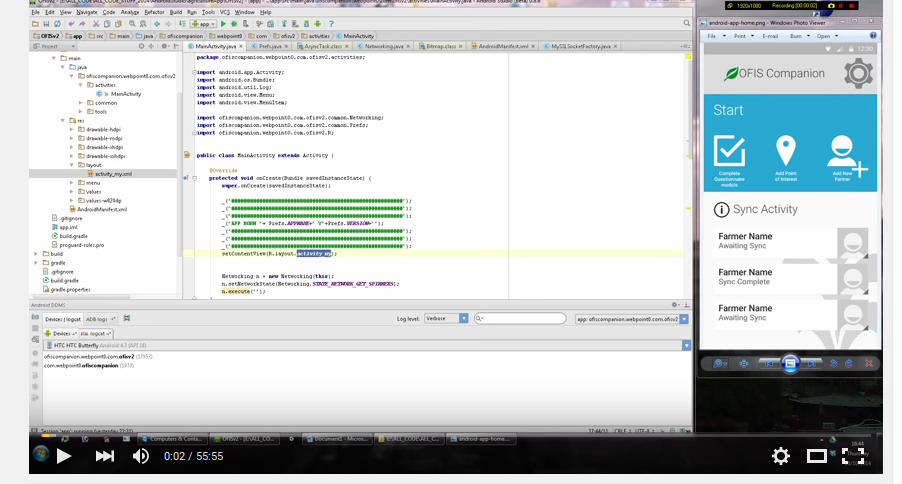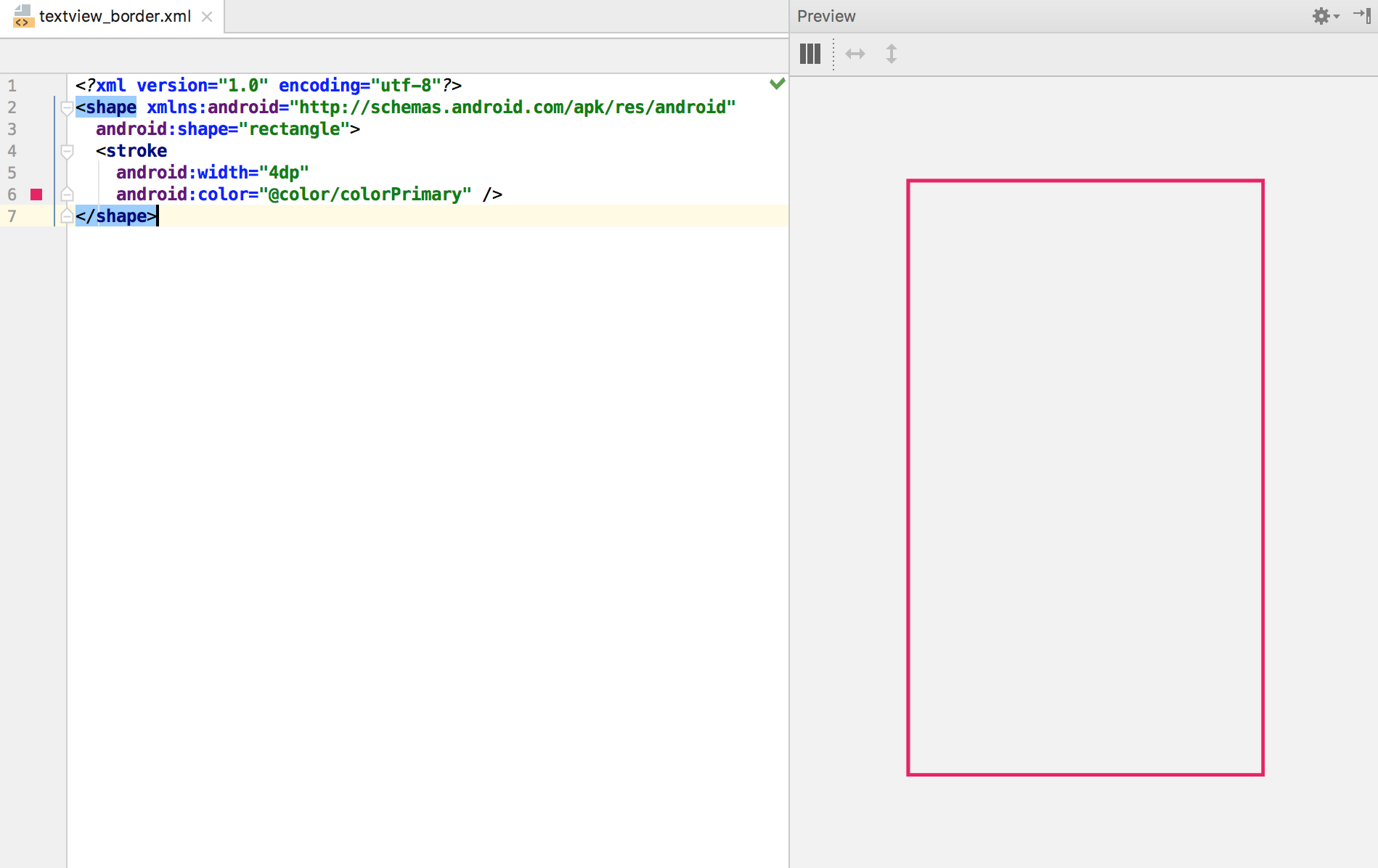

- #Android studio tutorial how to
- #Android studio tutorial android
- #Android studio tutorial code
- #Android studio tutorial windows
#Android studio tutorial windows
From those we will use directly only display (to set the dimensions of the app’s windows in case we run the app on a desktop and not in the full-screen mode on a mobile) and util (to check if we run the app on a desktop or a mobile), but the others are needed by these two and by Gluon Glisten. In its configuration you will find the attachList with Gluon Attach modules we need: device, display, storage, util, statusbar, and lifecycle.
#Android studio tutorial code
#Android studio tutorial android
For us, it means we should be able to use it to access everything on Android from the local storage to permissions to push notifications. Attach is an abstraction layer over the underlying platform. Glisten enriches JavaFX with additional functionality specifically designed for mobile applications.

Gluon is a company that maintains JavaFX and provides libraries that give us a layer of abstraction between our code and the device - be it desktop, Android, or iOS.

HelloScala is based on HelloGluon from Gluon samples. If you reached this point and everything seems to work, it means you probably should be able to compile and run the example app called HelloScala. Libgtk-3-dev (for pkgConfig gtk+-x11-3.0) Libglib2.0-dev (for pkgConfig gthread-2.0) Libglib2.0-dev (for pkgConfig gmodule-no-export-2.0) Libfreetype6-dev (for pkgConfig freetype2) Libavformat-dev (for pkgConfig libavformat) Libavcodec-dev (for pkgConfig libavcodec) If you are using Bash, add the following lines to your ~/.bash_profile: Set it up as your JVM by creating an environment variable GRAALVM_HOME pointing to the GraalVM home directory, by setting the environment variable JAVA_HOME to $/bin to your PATH. For building, we will use Maven.ĭownload the latest GraalVM, Community Edition based on Java 11, from here. On Windows, it is possible to follow this tutorial and get a working Android app if you use WSL2.
#Android studio tutorial how to
How to build an Android app with GraalVM Native Image Requirements At the end of this tutorial, you will find links to materials discussing other options. Here, in this document, we will focus on how to write a modern Android app with Scala that uses GraalVM Native Image and JavaFX. As a consequence, it is possible to write Android apps in Scala, and in fact it’s possible to do it in more than one way. The Android platform runs on Android Runtime which is a virtual machine based on JVM and, although not identical, it’s very similar to it. But with so much stuff it can be a headache just knowing where to start.Info: JavaScript is currently disabled, code tabs will still work, Google is constantly implementing new features and tools (like the recent Motion Editor or Jetpack Compose) and this can present a struggle when trying to figure everything out! Of course, there’s no requirement to learn these additional elements.

Dependencies, the Android Manifest, Gradle for building your apps….The structure and hierarchy of different source files and resources in an Android app – what do all these files actually do?.XML for creating “layout files” (while there is a visual editor, it can’t handle everything).Java or Kotlin as the primary programming language.You will need to familiarize yourself with: If you have no coding experience, then learning Android game development this way can be an uphill challenge. This can be daunting and challenging for newcomers.


 0 kommentar(er)
0 kommentar(er)
